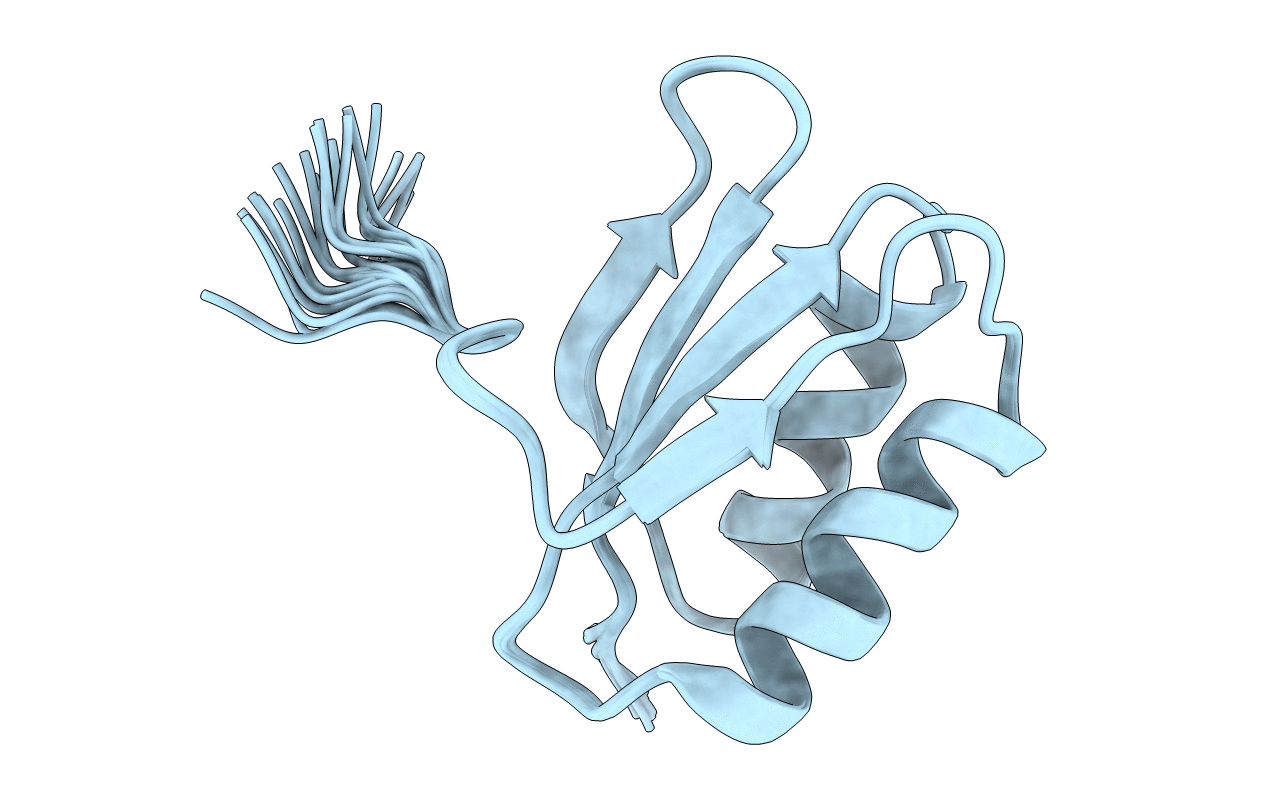
Deposition Date
1999-11-05
Release Date
2001-07-18
Last Version Date
2024-05-22
Entry Detail
PDB ID:
1DCJ
Keywords:
Title:
SOLUTION STRUCTURE OF YHHP, A NOVEL ESCHERICHIA COLI PROTEIN IMPLICATED IN THE CELL DIVISION
Biological Source:
Source Organism:
Escherichia coli (Taxon ID: 562)
Host Organism:
Method Details:
Experimental Method:
Conformers Calculated:
100
Conformers Submitted:
20
Selection Criteria:
structures with the lowest energy


